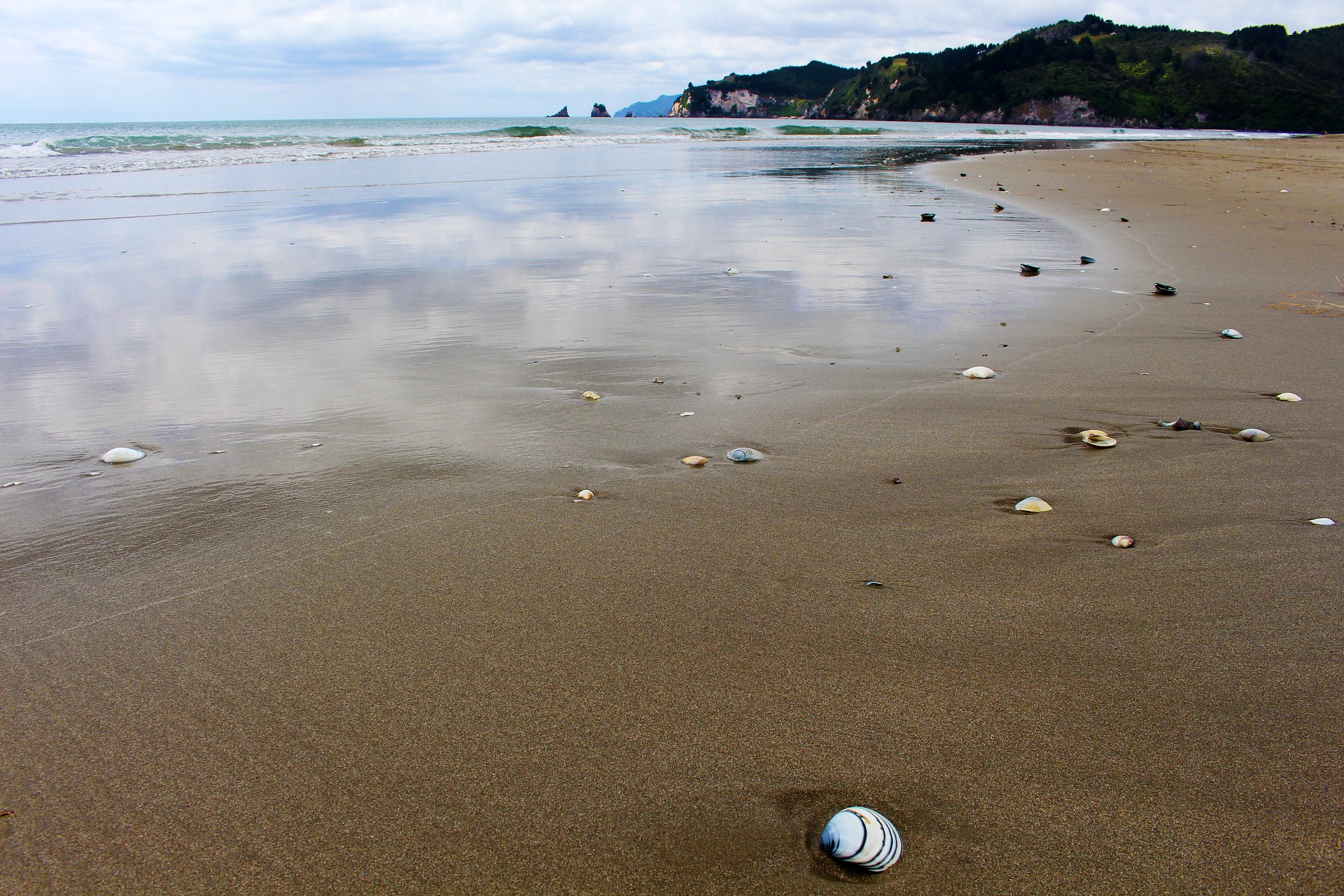Check where it's unsafe to collect shellfish due to toxins from algae
When shellfish eat algae that are toxic, they can become unsafe to eat. The toxins can cause serious illness or be life threatening. Different types of shellfish poisoning have different symptoms.
The Ministry of Primary Industries update their shellfish biotoxin alerts webpage when testing shows that shellfish in an area are unsafe to eat due to biotoxins.
Check shellfish biotoxin alerts
The Ministry of Primary Industries also issues public health warnings, media releases, and puts up signs at affected beaches.
Toxins normally affect shellfish such as mussels, toheroa, pipi, tuatua, cockles, oysters, scallops, catseyes, pupu and kina (sea urchin).
Symptoms of toxic shellfish poisoning include:
- Numbness and tingling around the mouth or face
- Difficulty swallowing or breathing
- Dizziness
- Double vision, and in severe cases, paralysis and respiratory failure
These symptoms usually occur within 12 hours of eating the contaminated shellfish and anyone experiencing these symptoms should seek medical advice immediately.
Read more about toxic shellfish poisoning
Before collecting shellfish
- Check that there is no shellfish biotoxin alert or current local health warning advising against collecting and eating shellfish.
- Also check the water. If you notice the water is murky collect shellfish from somewhere else.
- Collect shellfish only from areas where the seawater is clean and not contaminated.
- Proper handling, storage and cooking can also help lower the risk of illness from viruses and bacteria (but does not prevent illness from paralytic shellfish poisoning). Remember the gut of paua, crayfish and crabs should always be removed before cooking.
- Where there is an algal bloom in a lake, it seems unlikely that there is any risk from eating the flesh of trout but it’s very important to remove the gut and liver and wash in clean water first. Do not take or consume trout that are found already dead. Shellfish and kōura (freshwater crayfish) should not be eaten as would likely present a risk to health.
You should avoid collecting and eating shellfish from areas where:
- pipes or culverts run down to the waterway
- sewage or stormwater is discharged or there are lots of houses nearby
- farm animals are grazing nearby
- there may be industrial pollution
- warning signs are displayed
- boats may discharge sewage, or near wharves and marinas in general
Do not collect shellfish after heavy rain as storms may flush sewage overflow or farm run-off downstream which contaminates the water. After the water has run clear for a few days shellfish should be safer to collect again.
Gastrointestinal illness and symptoms (such as diarrhoea and vomiting) may occur if shellfish are contaminated with bacteria and viruses.







